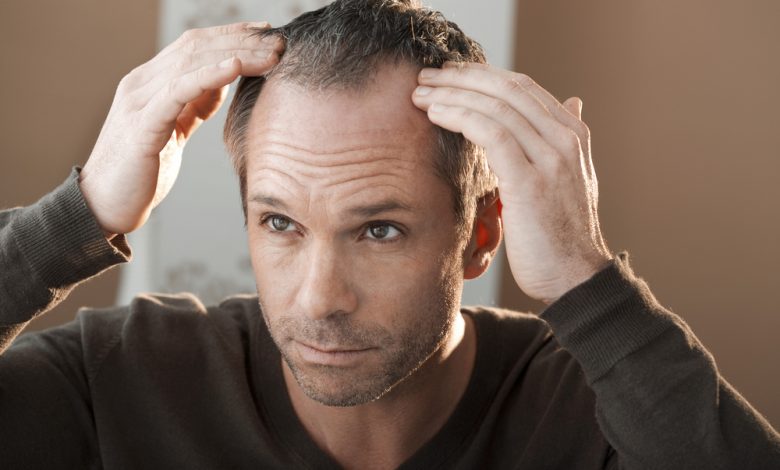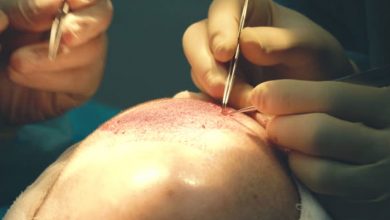WHAT IS HAIR CLONING?

Contents
Cloning is literally the production of genetically identical living things. In the first clone live sheep dolly cloning, one of the normal sheep body cells was taken and the genetic material in the nucleus was transferred to a sheep egg cell whose genetic material was extracted earlier. In this egg cell which is fertilized with chemical stimulation, new zygote formation was initiated. When the cloned embryos reached a certain size with cell divisions, it was transferred to sheep’s uterus where it was able to complete its growth and development. What is done in genetic engineering is that, unlike cloning, the gene that causes hair loss or other discomfort is found and repaired, and the replication of this gene is repaired and replicated and inserted into the cell nucleus.
About hair cloning
Hair cloning application, which is a light of hope for many people, started to be known with the cloning adventure that started in the last century. The cloning process, which paves the way for the discovery of new inventions in many areas, especially in health, has been the subject of many researches and experiments in its field. Although it is still in the process of experimentation, hair cloning is expected to respond to the needs of many people in the future.
Cloning studies in the field of hair transplant
As is known, grafts taken from the nape in hair transplant are added to the area to be treated. In some individuals, the hairs on the nape side may be more or less poor. In this case, the hair root taken from the chest area is planted in the area of the head. As the genus of the bristle alone may be different, the hair root taken from the nape may not give a nice result like the hair root taken from the nape of the nape. However, it is still a preferred method.
Cloning method is precisely this step. Tens of thousands of hair follicles (approximately 50 to 100) from the nape can be cloned in the laboratory and sowing is performed in the required area.
First of all it should be noted that hair cloning is not practiced in any country at the moment. In the last 20 years, hair cloning has been investigated in the United States and other countries. Hair cloning process, which is not yet approved by the world’s leading health institutions, is planned to be implemented in the next 5-10 years.
Basic problems of cloning
Hair cloning is the biggest problem observed in the laboratory environment is the growth of hair. After the production of hair as stem cells, these hair follicles cannot take a natural direction or angle after planting on the hairless area. The reason for this may be the formation of hair follicles, including the prenatal period, and the process of taking direction. After cloning the hair follicles, a natural appearance can be achieved by placing in certain angles and directions the incisions to be rebuilt as in normal hair transplant. This will be nothing more than current current hair transplant methods rather than hair cloning.
Another criticism of this treatment suggests that cloning of the cells may cause disabling and cancer. FDA did not approve hair cloning as a medical treatment until this risk decreased. However, since cloning of hair does not cause a visible trace after confirmation, it will be an attractive alternative to many people.
Differences between stem cell therapy and hair cloning
Stem cell therapy is the process of reintroducing a healthy cell from an individual to an artificial patient. All kinds of cells can be separated from living organisms and can be grown and grown in the laboratory. In the meantime, a cell-specific application of the data to treat the disease is transported. However, stem cell therapy is a treatment method that is applied in very serious diseases and is the subject of scientific research.
Hair cloning is similar to stem cell therapy in general but differs in some respects. The hair follicle cells are separated and enlarged and stored and reintegrated in the laboratory. However, one of the biggest problems experienced in practice is the fact that these cells, which are divided and grown in an artificial environment, cannot adapt to the body as a result of re-transfer to the person. In this case, there is no physical damage, only the application is not successful.
Auto hair cloning
Hair cloning has yet another method called auto hair cloning or hair grafting. In this method, the intercellular linkage in the hair follicles from the person is activated and the follicle cells are modeled and re-injected. For a while, the hair follicles begin to regenerate and grow new hairs from the scalp. Hair cloning or vaccination, this method is one of the hair transplant applications. In the hair grafting method, the quality of the hair after sowing increases. The number of hair follicles is increased and more hair is released. New hair roots are seen in the donor area. The openings in the scalp are closed in a short time. In auto hair cloning technique, results can be obtained without needing a second session. A method similar to PRP treatment is performed by hair grafting method.
Results of hair cloning
Hair cloning allows the stem cells to reproduce by producing fresh tissue by the method of copying. In addition, the quality of existing hair is prevented from shedding. However, scientific studies on hair cloning have been continuing. Scientists who say that studies on this subject will result in thousands of hair roots from a single hair root in the coming years and that this procedure is performed according to the basic principles of stem cell treatment generally states that there will be hope for different aesthetic operations not only in hair transplant applications.
It is not unquestionable that if hair cloning, which is a miraculous remedy for people who would like to have hair transplant but who are not adequate donor or transplant root, will create a medical revolution.





